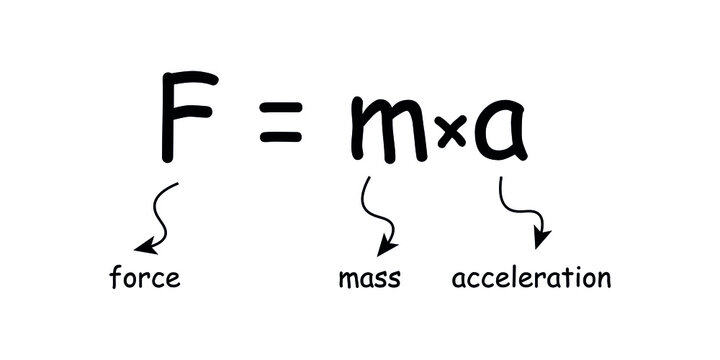Newton 3rd law of motion: The Symmetry of Action and Reaction Isaac Newton’s laws of motion have been instrumental in unraveling the mysteries of the physical world, and among them,

Newton 3rd law of motion stands as a testament to the interconnected nature of forces. Newton’s Third Law of Motion asserts that for every action, there is an equal and opposite reaction. This law, encapsulated in the famous statement “action and reaction are equal and opposite,” provides insights into the reciprocal nature of forces, fostering a deeper understanding of the dynamics that govern motion.
Newton 3rd law of motion Key Concepts:
- Action and Reaction: Newton’s Third Law introduces the concept that when one object exerts a force on a second object, the second object simultaneously exerts a force of equal magnitude but in the opposite direction. This fundamental principle implies that forces always occur in pairs, revealing the inherent symmetry in the way objects interact. The law applies to all types of forces, whether gravitational, electromagnetic, or contact forces.
- Equal Magnitude, Opposite Direction: The forces described by Newton 3rd law of motion are not only equal in magnitude but also opposite in direction. This means that the force exerted by Object A on Object B is met with an equally strong force exerted by Object B on Object A, but in the opposite direction. This inherent balance ensures that the total momentum of an isolated system remains constant over time.
- Conservation of Momentum: Newton 3rd law of motion contributes to the conservation of momentum, a crucial concept in physics. As forces always occur in pairs, the change in momentum of one object is mirrored by an equal and opposite change in momentum of the interacting object. This conservation principle is fundamental to understanding the overall motion and stability of systems.
Newton 3rd law of motion Applications in Everyday Life:
- Walking and Friction: The act of walking provides a practical example of Newton 3rd law of motion. As you take a step forward, your foot exerts a backward force on the ground (action), and the ground simultaneously exerts an equal and forward force on your foot (reaction). This interaction propels you forward.
- Rocket Propulsion: The principles of Newton 3rd law of motion are dramatically evident in rocket propulsion. The expulsion of gases from the rocket’s engines creates a force (action) that propels the rocket upward. Simultaneously, an equal and opposite force (reaction) is exerted by the expelled gases in the opposite direction, enabling the rocket to overcome Earth’s gravitational pull.
-

